- ABOUT IHSSABOUT IHSS
- PEOPLE
- NEWS & EVENTSNEWS & EVENTS
- RESEARCHRESEARCH
- FELLOWSHIPS & GRANTSFELLOWSHIPS & GRANTS
- TEACHING & LEARNINGTEACHING & LEARNING
- PUBLICATIONSPUBLICATIONS
During the 1920s, the American Museum of Natural History sent a large team of scientists, assistants, and photographers to Mongolia’s Gobi desert under the leadership of Roy Chapman Andrews. Its widely publicized goal was to uncover fossil evidence for a speculative (and racially motivated) theory promulgated by the Museum’s president, Henry Fairfield Osborn, which located the evolutionary origins of modern humanity in Asia rather than Africa. Despite Andrews’ best efforts, however, his team failed to find any evidence that Asia served as the “cradle of mankind.” Still, the venture achieved both popular and scientific acclaim, primarily for the first recorded discovery of fossilized dinosaur eggs. This presentation seeks to locate the Central Asiatic Expedition as part of a larger imperial project aimed at gathering diverse kinds of intelligence, ranging from natural knowledge about life in the deep past to information of political, commercial, and strategic value. Thus, in addition to publishing the expedition’s findings in scientific journals and official reports, Andrews also reported to the US Office of Naval Intelligence (a precursor organization to the CIA) and the American Department of State. Not only that, but the expedition also served as a popular spectacle, and a form of paid advertising, for companies such as Asia Magazine and Dodge Motor Company. Understanding the complex nature of Central Asiatic Expedition thus challenges us to integrate a diverse array of motives, functions, and practices into a complex assemblage that simultaneously furthered the cause of American science, business, and foreign policy.
This is an event organized by the “Science, Technology, and Medicine in Asian Societies” Clusterihss@hku.hkLecture Hall, G/F, May Hall, The University of Hong KongDuring the 1920s, the American Museum of Natural History sent a large team of scientists, assistants, and photographers to Mongolia’s Gobi desert under the leadership of Roy Chapman Andrews. Its widely publicized goal was to uncover fossil evidence for a speculative (and racially motivated) theory promulgated by the Museum’s president, Henry Fairfield Osborn, which located the evolutionary origins of modern humanity in Asia rather than Africa. Despite Andrews’ best efforts, however, his team failed to find any evidence that Asia served as the “cradle of mankind.” Still, the venture achieved both popular and scientific acclaim, primarily for the first recorded discovery of fossilized dinosaur eggs. This presentation seeks to locate the Central Asiatic Expedition as part of a larger imperial project aimed at gathering diverse kinds of intelligence, ranging from natural knowledge about life in the deep past to information of political, commercial, and strategic value. Thus, in addition to publishing the expedition’s findings in scientific journals and official reports, Andrews also reported to the US Office of Naval Intelligence (a precursor organization to the CIA) and the American Department of State. Not only that, but the expedition also served as a popular spectacle, and a form of paid advertising, for companies such as Asia Magazine and Dodge Motor Company. Understanding the complex nature of Central Asiatic Expedition thus challenges us to integrate a diverse array of motives, functions, and practices into a complex assemblage that simultaneously furthered the cause of American science, business, and foreign policy.
This is an event organized by the “Science, Technology, and Medicine in Asian Societies” Clusterihss@hku.hkLecture Hall, G/F, May Hall, The University of Hong KongTitle:
Locating the Central Asiatic Expedition: Science, Business, and Foreign Intelligence
Speaker:
Dr. Lukas Rieppel (David and Michelle Ebersman Assistant Professor of History, Brown University)
Date:
May 31, 2017
Time:
4:30 pm – 6:00 pm
Venue:
Lecture Hall, G/F, May Hall, The University of Hong Kong (Map)
Language:
English
Enquiry:
(Tel) (852) 3917-5772
(Email) ihss@hku.hk
During the 1920s, the American Museum of Natural History sent a large team of scientists, assistants, and photographers to Mongolia’s Gobi desert under the leadership of Roy Chapman Andrews. Its widely publicized goal was to uncover fossil evidence for a speculative (and racially motivated) theory promulgated by the Museum’s president, Henry Fairfield Osborn, which located the evolutionary origins of modern humanity in Asia rather than Africa. Despite Andrews’ best efforts, however, his team failed to find any evidence that Asia served as the “cradle of mankind.” Still, the venture achieved both popular and scientific acclaim, primarily for the first recorded discovery of fossilized dinosaur eggs. This presentation seeks to locate the Central Asiatic Expedition as part of a larger imperial project aimed at gathering diverse kinds of intelligence, ranging from natural knowledge about life in the deep past to information of political, commercial, and strategic value. Thus, in addition to publishing the expedition’s findings in scientific journals and official reports, Andrews also reported to the US Office of Naval Intelligence (a precursor organization to the CIA) and the American Department of State. Not only that, but the expedition also served as a popular spectacle, and a form of paid advertising, for companies such as Asia Magazine and Dodge Motor Company. Understanding the complex nature of Central Asiatic Expedition thus challenges us to integrate a diverse array of motives, functions, and practices into a complex assemblage that simultaneously furthered the cause of American science, business, and foreign policy.
Lukas Rieppel works at the intersection of the history of science and the history of capitalism, focusing especially on the life sciences in 19th and 20th century America. He is currently finishing a book project that traces how dinosaurs became a symbol of American economic might and power during the Gilded Age and Progressive Era. Entitled “Dinosaurs and Capitalism: Assembling an Icon of Science in America’s Long Gilded Age,” this project uses the history of paleontology as a means to examine how the ideals, norms, and practices of modern capitalism shaped the way scientific knowledge was made, certified, and distributed.
This is an event organized by the “Science, Technology, and Medicine in Asian Societies” Cluster.
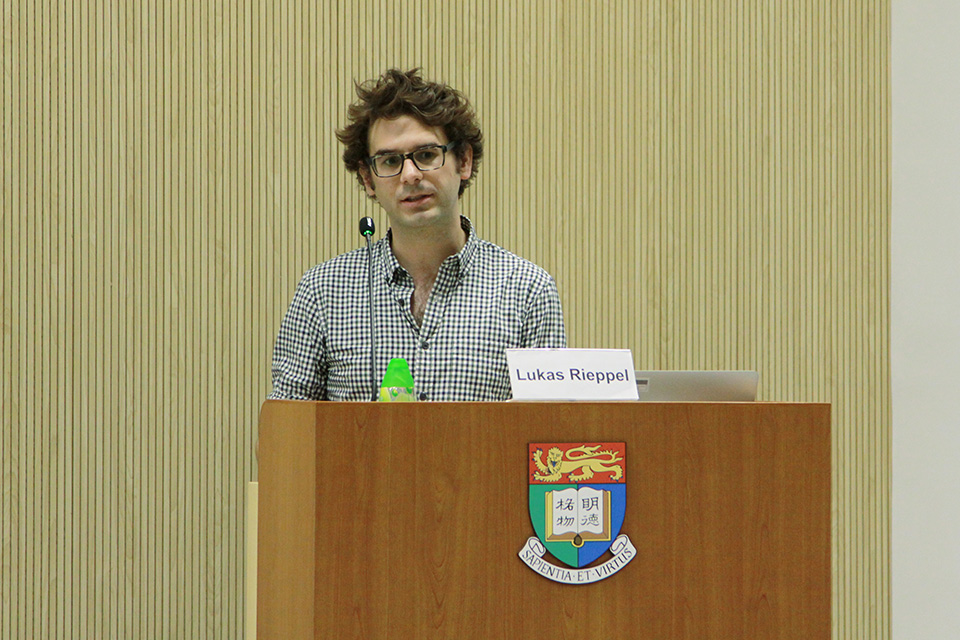
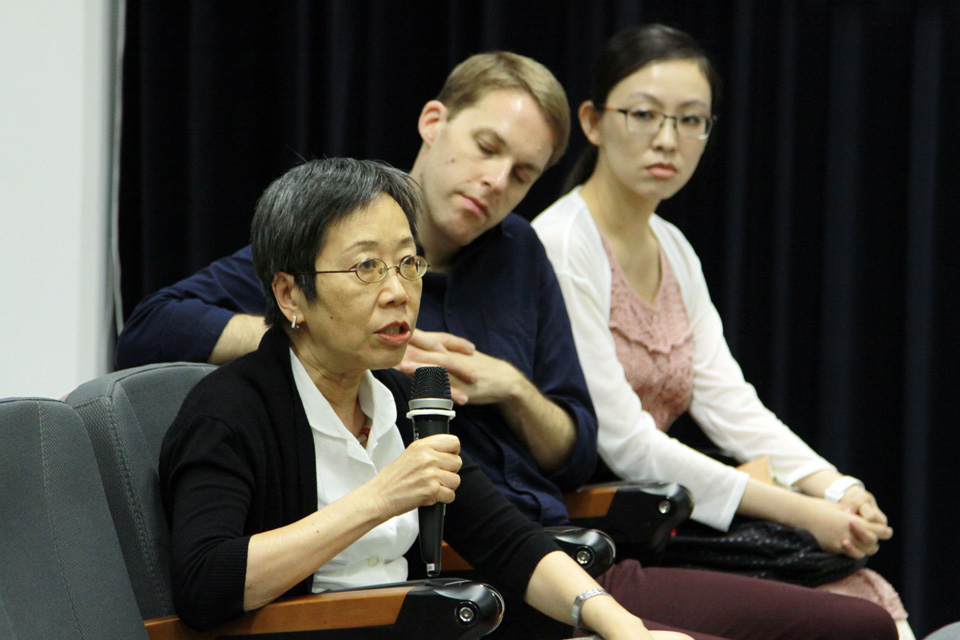
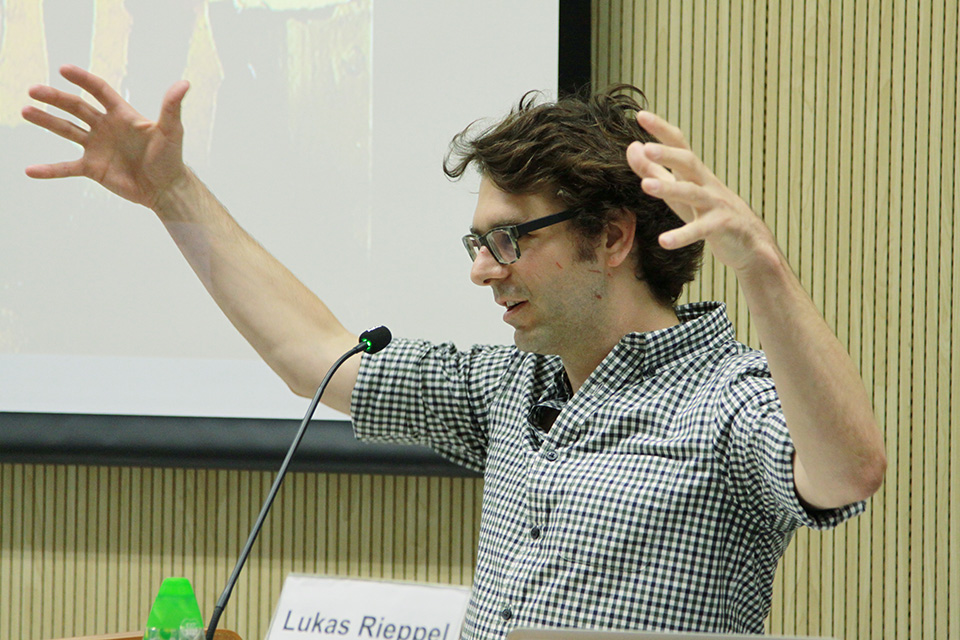
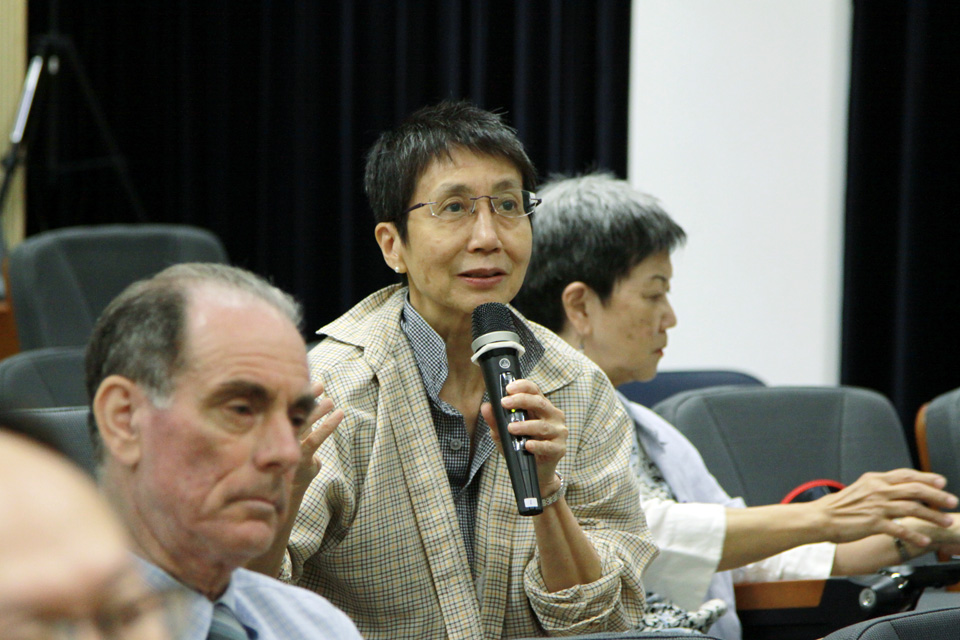
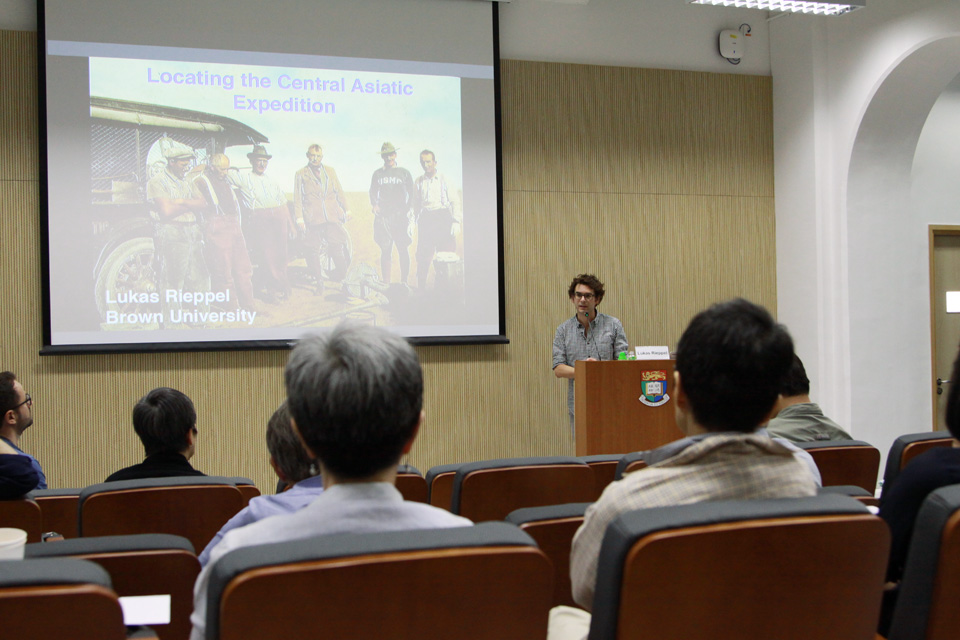
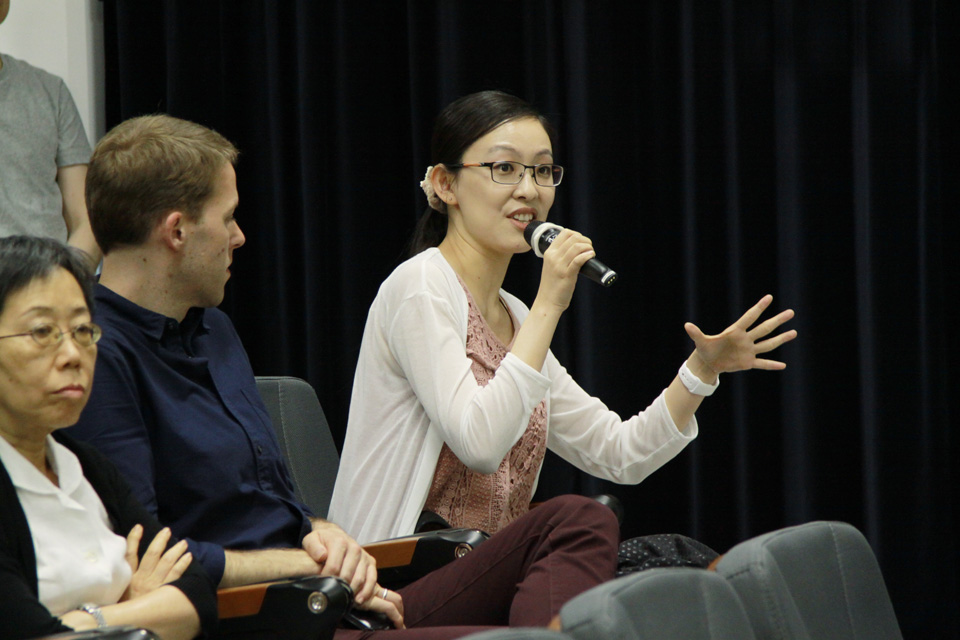
Copyright © 2025 Hong Kong Institute for the Humanities and Social Sciences, The University of Hong Kong. All Rights Reserved.